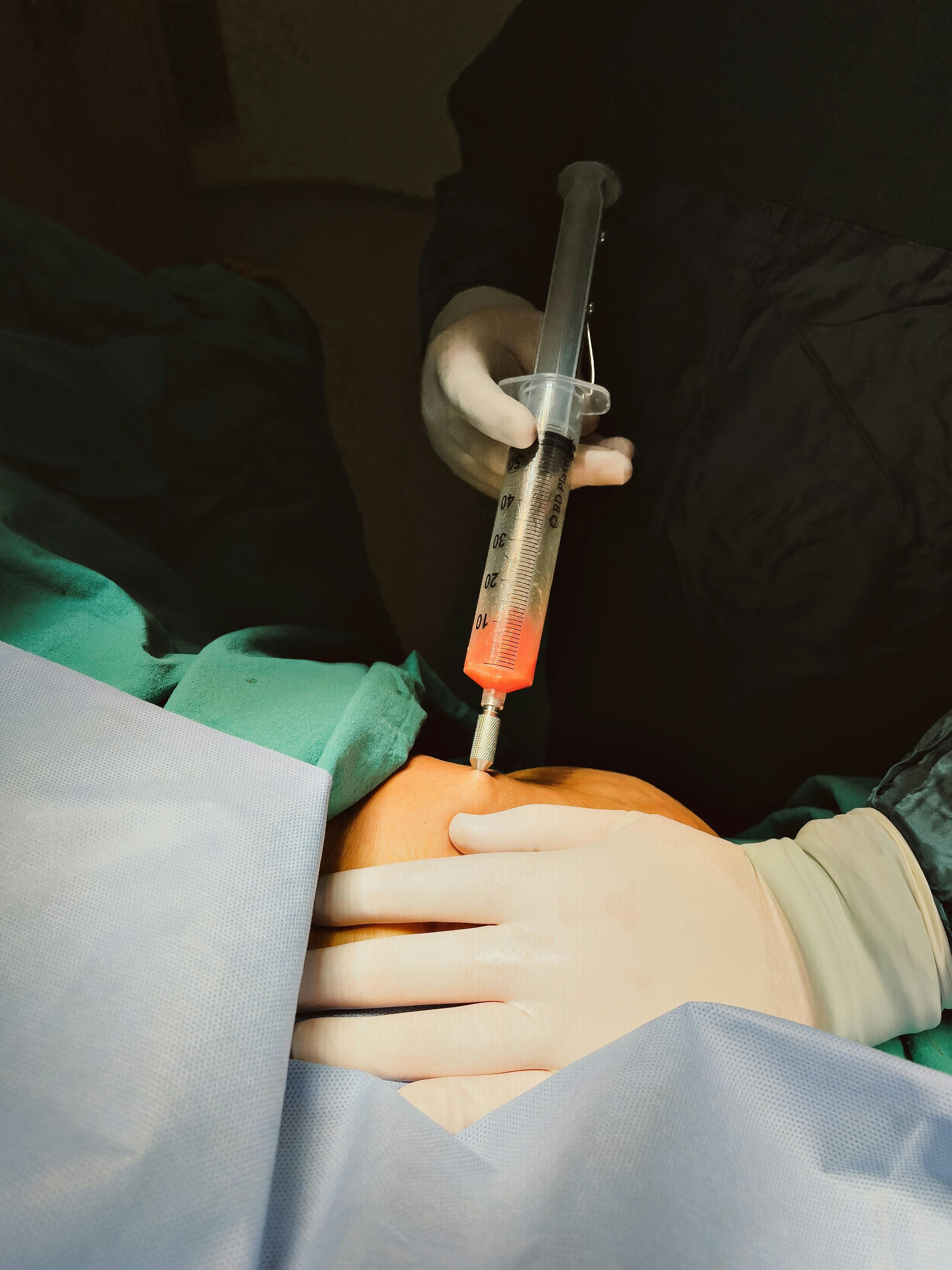Does gastric balloon really help to lose weight
Weight loss can be a challenging journey, and for many people struggling with obesity, traditional methods like diet and exercise alone may not provide the desired results. The gastric balloon has emerged as a popular non-surgical weight loss option that promises significant results without the risks associated with major surgery. This minimally invasive procedure has gained attention worldwide, including in Saudi Arabia, where obesity rates have been rising steadily. Understanding how this treatment works and its effectiveness can help you make an informed decision about whether it's the right choice for your weight loss goals.

What is a Gastric Balloon
A gastric balloon, also known as an intragastric balloon, is a soft silicone device that is temporarily placed in your stomach to help reduce food intake and promote weight loss. This non-surgical procedure involves inserting a deflated balloon into the stomach through the mouth using an endoscope, then filling it with saline solution or gas. The balloon takes up space in your stomach, creating a feeling of fullness and helping you eat smaller portions.
The procedure is typically performed as an outpatient treatment, meaning you can go home the same day. Unlike gastric bypass or gastric sleeve surgery, the gastric balloon is completely reversible and temporary, usually remaining in place for six months to one year. This makes it an attractive option for people who want to lose weight but are not ready for permanent surgical alterations to their digestive system.
How Does the Gastric Balloon Work
The gastric balloon works through multiple mechanisms to promote weight loss. First, it creates physical restriction by occupying approximately one-third of your stomach space, which naturally limits the amount of food you can consume at each meal. This mechanical restriction leads to earlier satiety, helping you feel full faster and stay satisfied longer.
Beyond the physical aspect, the balloon also affects hormonal signals related to hunger and satiety. The presence of the balloon can influence the production of hormones like ghrelin, which controls appetite, potentially reducing your desire to eat. Additionally, the balloon slows gastric emptying, meaning food stays in your stomach longer, contributing to prolonged feelings of fullness.
During the treatment period, patients typically work with a multidisciplinary team including nutritionists, psychologists, and medical professionals to develop healthy eating habits and lifestyle changes. This comprehensive approach helps maximize weight loss results and establishes sustainable habits for long-term success even after the balloon is removed.
Benefits of Gastric Balloon for Weight Loss
The gastric balloon offers several advantages for weight loss that make it appealing to many patients. Clinical studies have shown that patients can expect to lose 10-15% of their total body weight during the six-month treatment period, with some achieving even greater results when combined with proper diet and exercise.
One of the primary benefits is that it’s a minimally invasive procedure with fewer risks compared to traditional weight loss surgeries. The insertion and removal procedures typically take 20-30 minutes each and are performed under mild sedation. Recovery time is minimal, with most patients returning to normal activities within a few days.
The temporary nature of the gastric balloon is both a benefit and a consideration. While it allows people to try a weight loss intervention without permanent changes to their anatomy, it also means that maintaining weight loss after removal requires continued commitment to healthy lifestyle habits. Studies indicate that patients who successfully maintain their weight loss after balloon removal are those who use the treatment period to establish lasting behavioral changes.
The procedure is also suitable for people who may not qualify for traditional weight loss surgery due to lower BMI requirements or other health considerations. Local services in your area may offer comprehensive programs that include pre-treatment evaluation, the procedure itself, and ongoing support throughout the treatment period.
Clinical research has demonstrated that gastric balloon treatment can also lead to improvements in obesity-related health conditions such as type 2 diabetes, high blood pressure, and sleep apnea. These additional health benefits make the treatment valuable beyond just weight loss numbers.
The gastric balloon represents a viable middle ground between conservative weight loss methods and more invasive surgical options. While individual results vary, the combination of physical restriction, hormonal effects, and comprehensive lifestyle support can lead to meaningful weight loss for many patients. Success with the gastric balloon ultimately depends on your commitment to making lasting lifestyle changes and working closely with your healthcare team throughout the treatment process.
This article is for informational purposes only and should not be considered medical advice. Please consult a qualified healthcare professional for personalized guidance and treatment.




